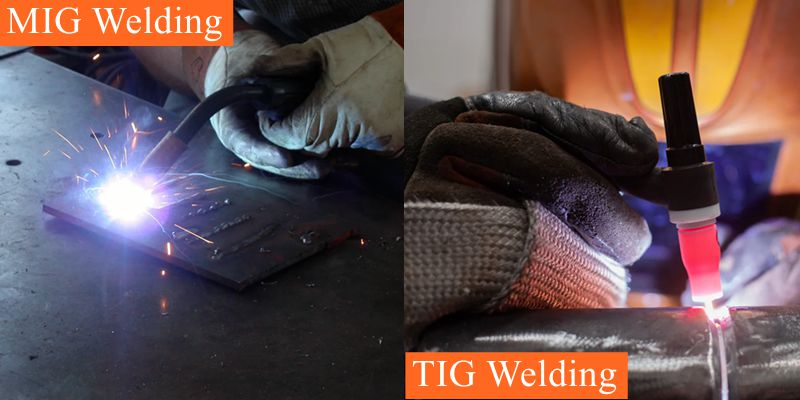- July 15, 2022
TIG and MIG welding are two common electric arc welding processes in sheet metal fabrication. Both produce welded joints of top-notch quality and efficiently join different materials together. However, they have unique processes, advantages, and disadvantages, making them have different applications.
Choosing between the two sheet metal welding processes should only occur after a thorough MIG vs TIG welding comparison. Therefore, this article will fully do the MIG vs TIG comparison, exposing you to the differences between the processes, their advantages and disadvantages, and their applications so you can decide on the right method.
What're the Differences Between MIG vs TIG Welding?
To choose the better method of the two, you must know their differences. Knowing the differences between MIG and TIG welding will allow you to easily make a TIG vs MIG comparison using the parameters highlighted below.
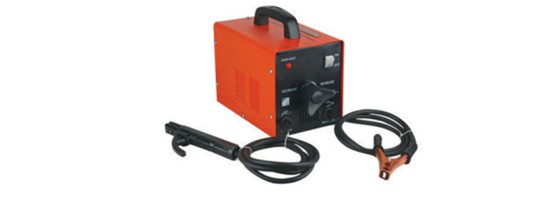
1. Power Source
The power source used by both welding processes is a major parameter when looking at the MIG vs TIG comparison.
TIG welding uses AC or DC power sources depending on the type of metal and the desired type of electric arc. The AC power source used in TIG welding is more suitable for Aluminum due to its cleaning action (i.e., it removes oxide from the metal surface). In contrast, the DC power source is applicable for creating strong electric arcs.
MIG welding uses only a DC power source.
2. Material Compatibility and Thickness
Material compatibility is not a cogent MIG vs TIG welding comparison parameter compared to the power source because there is a slight difference between both processes.
Both welding processes are compatible with the same materials, such as Aluminum, carbon steel, and stainless steel. However, you can consider the thickness of the material to choose between the two methods.
TIG welding is more suitable for working with thick metals due to the better operational control, reducing the tendency to destroy the workpiece.
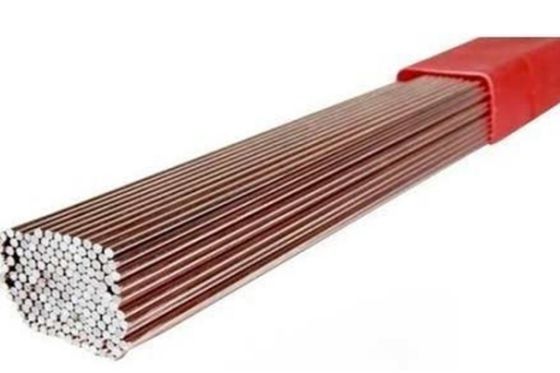
3. Type of Electrode Used
MIG welding uses consumable electrodes, while TIG uses non-consumable electrodes.
Electrodes functions in creating electric arcs, acting as fillers, or in electric conduction. Due to the difference between both processes in electrode use, this is a major parameter in the MIG vs TIG welding comparison.
Two types of electrodes are used in electric arc welding: Consumable and non-consumable. Both electrodes create electric arcs. However, during welding, consumable electrodes are consumed as fillers.
Examples of consumable electrodes are mild steel and nickel steel, while non-consumable electrodes are copper-coated carbon, graphite, and tungsten.
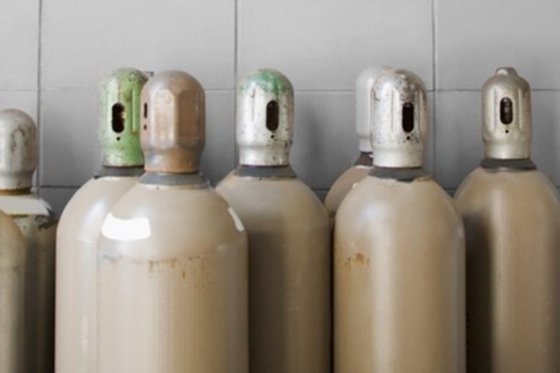
4. Type of Shielding Gases
Shielding gases are responsible for protecting the welding pool and workpiece from atmospheric contaminants during welding. On the one hand, MIG welding uses CO2 (the most common), helium, argon, and oxygen as shielding gases.
On the other hand, TIG welding uses argon as the shielding gas. In some scenarios, you can use a combination of helium/argon (for welding materials with high nickel content), argon/nitrogen (stainless steel), and argon/hydrogen (stainless steel).
5. Cooling System Used for Welding Torch
A welding torch generates a lot of heat and must be cool with the right coolant. Two popular coolants used in welding are water and gas.
On the one hand, air cooling is light and cheap but less effective when dealing with very high temperatures. On the other hand, water cooling uses water better than air.
Due to TIG welding generating more heat than MIG welding, it uses water cooling welding torches. Nevertheless, you can still use air cooling welding torches for both processes.
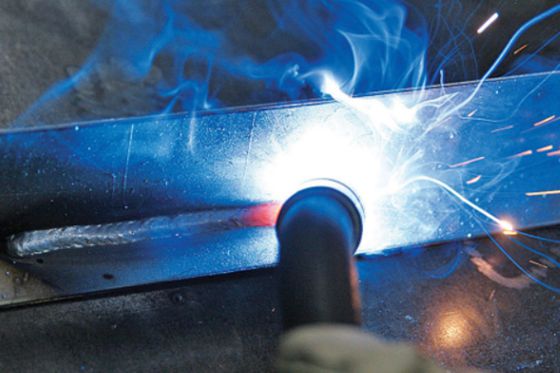
6. Quality of Welded Parts
The quality of the welded area is another crucial factor that makes the MIG vs TIG comparison distinct. TIG welding is of better quality as it reduces a clean and beautiful surface finish along the weld line. Hence, it is the better product method requiring a high aesthetic appeal.
7. Productivity
MIG is faster than TIG welding because TIG welding requires a higher level of detailing, and it involves using filler materials.
8. Cost
TIG welding is more expensive due to the cost of components and higher welding quality and detailing. It also requires more time which increases the power needed and the cost of power.
Different Components of TIG vs MIG Welding
The major difference between MIG and TIG welding arises from their components. Below are the different components of both processes.
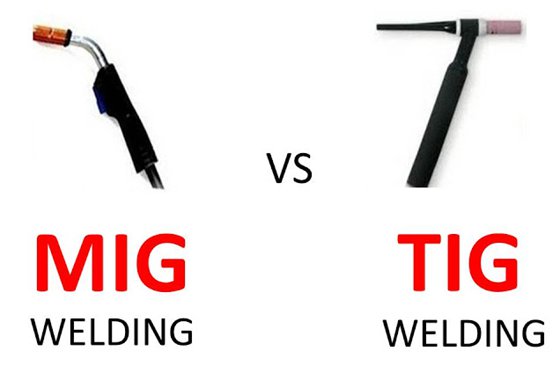
1. TIG Welding Components
Here are the most important components of TIG welding you should know when comes to TIG welding:
1.1 Power
The power source can be AC or DC. An AC power source is suitable for working with Aluminum due to its inherent cleaning effect. DC power source produces a stronger arc, but it is only suitable for working with a clean surface, so the gas shield works.
1.2 Torch
A TIG torch comes in many designs. Common ones have an on/off switch and control in the handle. Some use a foot pedal to control these commands. They are majorly water-cooled due to the high heat involved in the process.
1.3 Foot pedal
This is responsible for controlling the amount of electricity that enters the torch. When you push the pedal, the amount of electricity entering the torch increases, and the electric arc gets hotter. This speeds up the welding process. However, be careful of the extra heat and speed.
1.4 Electrode and gas shielding
The electrode tip is responsible for the electric arc shape, while the gas (normally argon) emitted by the nozzle protects the arc and the weld pool. The nozzle requires a gas lens for gas flow. They come in different sizes, which determines the gas coverage.
1.5 Filler material
The filler rod should have a size dependent on the workpiece thickness. Also, the material should match the workpiece.
1.6 Backing bars
They are made from copper or Aluminum and clamped at the back of the welded piece. Here, they disperse heat to cool the weld area. You can also use water-cooled backing bars (which involve circulating cold water through the bar).
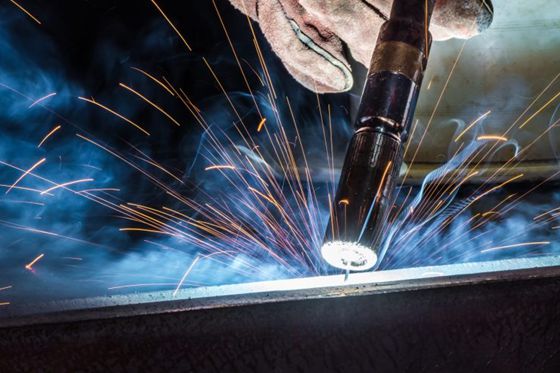
2. MIG Welding Component
MIG welding uses a different set of equipment to achieve the same goals. Below are the important components used in the process.
2.1 Power Source
MIG welding requires a DC power source for the process’s high heat. Hence many MIG welding enthusiasts refer to it as a constant voltage power supply.
2.2 Wire
The wire feeding system should be smooth for better welding quality. There are two major MIG welding wires: flux-core and solid MIG wire. The former is a metal containing a flux compound that forms a gas that protects the arc and the weld pool. This type of wire does not require a shielding gas. In contrast, solid MIG wire doesn’t contain any flux and needs a shielding gas.
2.3 Electrode
Electrodes used in MIG welding are consumables, i.e., used in the welding process. They come in different shapes and sizes, with the common sizes used being: .023, .030, .035, and .045. Of the four, the .035 is the most common.
2.4 Torch
This component protects the arc and transfers current to the wire. They can be water-cooled or air-cooled. When choosing a MIG welding torch, consider the weight, ease of use, extraction, neck config, and cable length.
2.5 Gas shielding
MIG welding uses CO2 or argon as shielding gases. They are responsible for protecting the electric arc and weld pool from atmospheric contaminants.
TIG Welding: Principle, Pros&Cons, and Applications
For people new to the process, you can understand the TIG vs MIG welding comparison by getting to know the process properly. Below is an overview of the principle surrounding both processes, their advantages and disadvantage, and their applications.
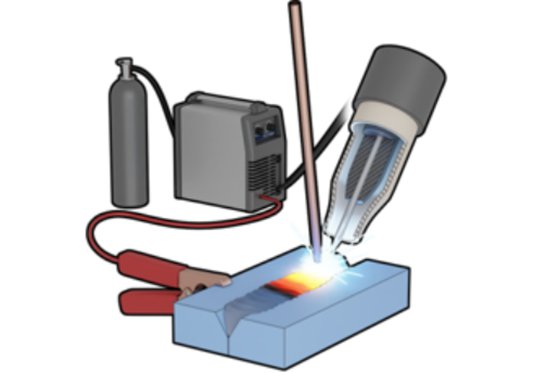
Principle of TIG Welding
TIG welding is an electric arc welding process that uses a tungsten electrode to create an electric arc that generates heat for welding the material.
The heat generated melts a filler material fed by the operator into the joining space or weld pool. During the welding, argon, or other combination such as argon/nitrogen and argon/hydrogen shields the electric arc from contaminants.
TIG welding is the better method for welding metals with a thickness of about 10mm and higher welded part quality. However, it is slower since it involves manually feeding the filler material. The electrode is non-consumable, and it creates a deep penetration.
Advantages of TIG Welding
- With high precision and accuracy
- Delivers quality welded joints, which improves its level of aesthetics
- It is environmentally friendly
- Gives the operator better control
- There is lower maintenance and operation cost since it uses non-consumable electrodes
Disadvantages of TIG Welding
- An expensive process due to the need for filler materials.
- It is a slow process
- Requires a clean welding surface
Applications of TIG Welding
For welding thin metals
TIG welding has better operational control, making it highly precise and accurate. Hence it is the better method for welding metals with thin thicknesses.
For welding aluminum
Aluminum and other metals such as copper and titanium are sheet metals with low thickness. Also, they require an aesthetic finish without a loss in their functionality. TIG welding accuracy and better-welded joints make it the most applicable electric arc welding process for such metals
Suitable for short production runs
Due to its accuracy, TIG welding is the better method for short production runs. However, it becomes more complex and expensive when you use it for long production runs.
For making products that require aesthetics
TIG welding delivers a quality welded joint making it the better welding method with aesthetics. Hence it is applicable in the artwork, construction, etc., where aesthetics is a selling point.
MIG Welding: Principle, Pros&Cons, and Applications
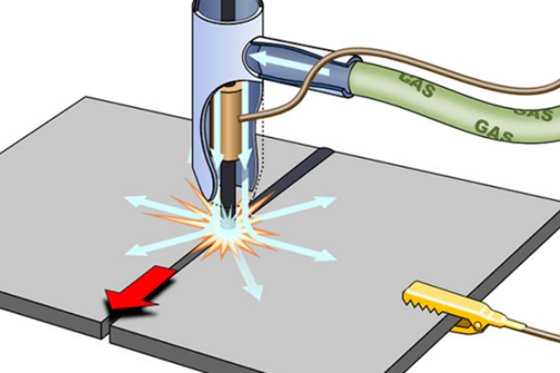
Principle of MIG Welding
MIG welding is an electric arc welding method that uses a consumable electrode to create an electric arc that generates heat for welding the material. During the welding process, CO2 shields the electric arc from contaminants.
Unlike TIG welding, MIG welding doesn’t need a filler since the electrode is consumable. Also, the process is semi-automatic (or sometimes automatic) due to these consumable electrodes.
Advantages of MIG Welding
-The welding process is fast and cheap
-With accurate
-It is semi-automatic or automatic
-Produces a clean welded line
Disadvantages of MIG Welding
-May not be reliable due to unstable electric arc
-It is not environmentally friendly due to the production of smoke and fumes
-Not suitable for thin material as it can burn it
Applications of MIG Welding
For welding thick metal parts
MIG welding uses a consumable electrode that is a filler and solidifies welding. This makes it easier to weld thick metals.
Applicable in welding low defect parts
MIG welding is not a start and stops mechanism like TIG welding. Its continuous nature reduces the chances of welding defects, making it the perfect method for welding low-defect products.
Welding longer production runs
MIG welding is production efficient and easily managed. Hence it is the better method for long production runs.
MIG Welding vs. TIG Welding: Which is Better?
According to sheet metal fabrication experts, MIG welding is better than TIG welding. Below are a few reasons why MIG welding is better:
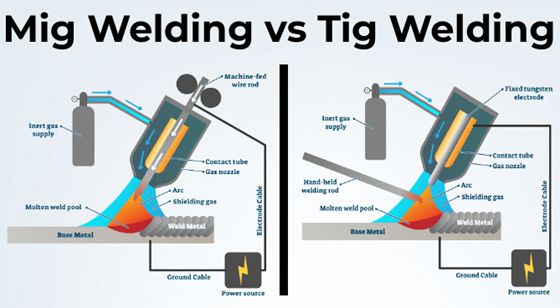
MIG is more diverse
MIG welding has higher diversity due to the use of consumable electrodes. The process makes it easier to join two metal parts together without stress.
MIG has a better speed
MIG welding is an automatic or semi-automatic process. Hence it is faster than TIG welding. Also, MIG welding is continuous without focusing on details like TIG welding.
MIG is easier to operate
TIG welding requires the operator to have high technical expertise before considering the process. On the other hand, MIG welding does not require much technical expertise giving it batter ease of operation.
Conclusion
MIG and TIG welding processes are common electric arc welding processes with a wide range of material compatibility. Both methods are unique, with different advantages, disadvantages, and applications. To choose effectively for your project, you can make a comparison to show the most compatible one for your project.
Are you struggling with MIG vs TIG welding, WayKen is here to help. We’re a rapid prototyping company specializing in sheet metal fabrication and other machining services. Our team will work with you to find the best solution for your project, ensuring to meet your sheet metal welding needs. From one prototype to volume production parts, we always provide quality products at competitive prices. Get a free quote today to get more information.
FAQs
What is the main difference between MIG vs TIG welding?
The major difference between TIG and MIG is based on their application and principle. MIG is more suitable for thick metals, unlike TIG welding, while TIG welding is ideal for thin metals due to the operational control. Also, MIG welding uses a consumable electrode that acts as a filler, while TIG welding uses a separate filler. You can check other differences between MIG and TIG welding above.
Is MIG or TIG better for welding aluminum?
Both processes are suitable for aluminum welding. However, most sheet metal fabricators would choose TIG welding because Aluminum is a light material that requires better operational control. Also, Aluminum is used for its aesthetic appeal, and TIG welding’s quality welding makes it the better option
Should I Choose riveting Over Welding?
Riveting and welding are both joining methods with their advantages and disadvantages. For example, riveting is a temporary method, while welding is permanent. Also, welding has less aesthetic appeal than riveting. Considering such advantages and disadvantages would be best before choosing between both processes.

